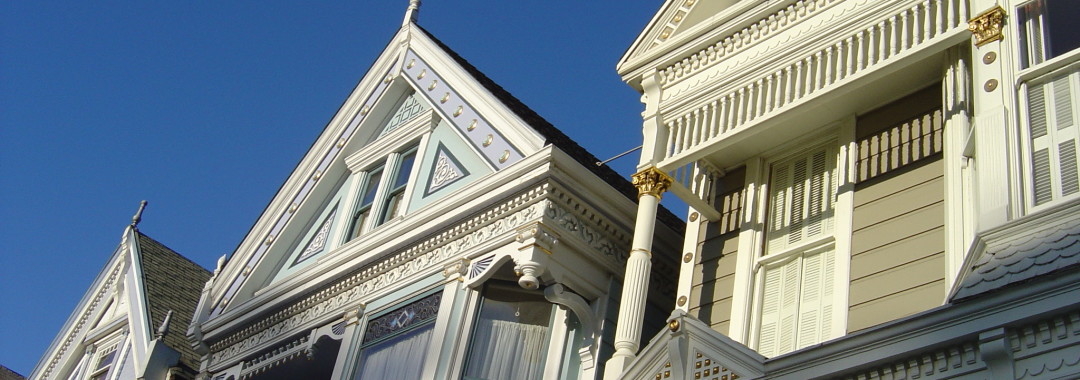Yes, in certain circumstances, you may eliminate a mortgage lien from your house in a bankruptcy. This process is called “Lien Stripping.” Lien stripping is only available through a Chapter 13 bankruptcy, and is not available in a Chapter 7. You may strip a lien as long as (1) it is not the first position mortgage, and (2) the value of your house is less than the payoff of the first mortgage.
For example, if your home is worth $200,000.00 and you have a first position mortgage with a payoff of $210,000.00, and a second position mortgage with a payoff of $50,000.00, then you can eliminate, or strip, the second position lien from the home. Once the lien is stripped, the mortgage lender becomes an unsecured creditor in your bankruptcy, and you most likely will not have to pay the mortgage lender much if anything on their claim. Once you complete your Chapter 13 case, you will receive a discharge, which will include the unpaid balance on the stripped lien. You will, however, need to continue to pay your first position mortgage. On the other hand, if your home is worth $200,000.00 and you owe $199,000.00, then you cannot strip the second mortgage lien. The lien will attach to the $1,000.00 in equity and keep you from being able to strip it.
To strip the lien, you must file a motion with the Bankruptcy Court and serve the affected lenders. If the motion is contested, the court will hold a hearing. At the hearing, you will be required to present testimony as to the value of the home that you wish to strip the lien from. If the court agrees that it is worth less than the first position mortgage, then the lien will be stripped and the creditor will be paid as any other unsecured creditor.

